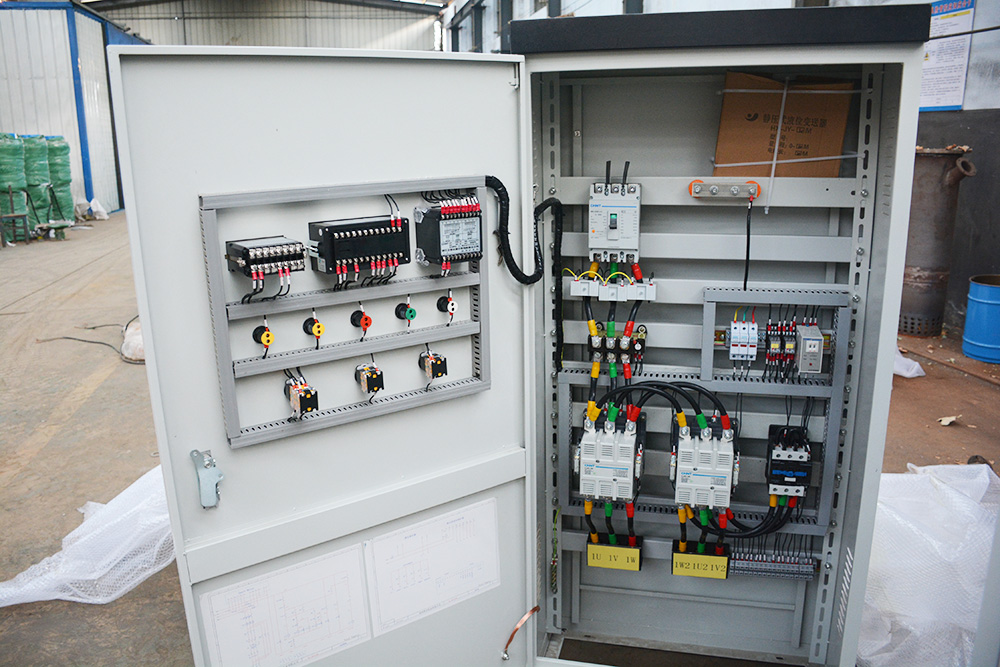The Role Of Motor Overload Protection
During operation, short-time overload is generally allowed (the output power exceeding the rated value is called overload). However, if the load time is too long and the temperature rise of the motor exceeds the allowable value, it will cause insulation aging, shorten the service life, and even burn the windings in severe cases. . Therefore, in order to prevent the motor from being damaged by overloading for a long time, the overload time must be limited. This protection is the overload protection of the motor.
Overload means that the load is too large, which exceeds the rated load of the equipment itself. The phenomenon is that the current is too large, the electrical equipment is heated, and the long-term overload of the line will reduce the insulation level of the line, and even burn the equipment or line;
Overcurrent: As the name implies, the current is too large. There are many reasons, such as overload of electrical equipment (as above), line short circuit (including ground short circuit), equipment insulation damage and so on. Exceeding the rated load capacity of the equipment is overloading. If the motor is blocked, the crane cannot move and so on. Exceeding the rated current value limited by circuit design is overcurrent, such as thermal relay action, overcurrent relay protection action, circuit breaker tripping, etc.

If the motor is overloaded for a long time, and the temperature rise of the motor winding exceeds its allowable value, the insulating material of the motor will become brittle, the service life will be reduced, and the motor will be damaged in severe cases. The larger the overload current, the shorter the time to reach the allowable temperature rise. Commonly used overload protection components are thermal relays.
The thermal relay can meet the following requirements: when the motor works at the rated current, the motor winding temperature rises to the rated temperature rise, and the thermal relay does not act; when the overload current is small, the thermal relay takes a long time to act, and the overload current is large. , the thermal relay will operate after a short period of time.
Due to thermal inertia, the thermal relay will not be affected by the short-term overload impulse current or short-circuit current of the motor and act instantaneously. Therefore, when using the thermal relay for overload protection, it must also be provided with short-circuit protection. And the rated current of the fuse melt selected for short-circuit protection should not exceed 4 times the rated current of the heating element of the thermal relay.
When the working environment temperature of the motor and the working environment temperature of the thermal relay are different, the reliability of the protection will be affected. There is a thermal relay using a thermistor as a measuring element, which can embed the thermal element in the motor winding, and can measure the temperature rise of the motor winding more accurately.
Overcurrent protection is widely used in DC motors or wound rotor asynchronous motors. For three-phase cage motors, short-circuit protection is not used because short-term overcurrent will not cause serious consequences.
Overcurrent is often caused by incorrect starting and excessive load torque, and is generally smaller than short-circuit current. Overcurrent is more likely to occur than short circuit during motor operation, especially in motors with frequent forward and reverse braking and repeated short-term work braking. In the circuit of DC motor and wound rotor asynchronous motor, the overcurrent relay also plays the role of short circuit protection. Generally, the intensity value of the overcurrent action is about 1.2 times of the starting current.












